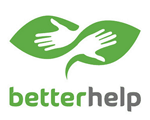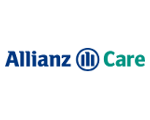The Swedish healthcare system founding principles are an equal access to all, care based on needs and cost effectiveness. The system is mostly managed at county council level, with the central government only implementing the major guidelines. Swedish healthcare is financed primarily by taxes at the county and municipal level. Sweden invests 9% of its GDP in healthcare.
Health insurance is universal and compulsory. Private healthcare is nearly inexistent in Sweden, with only 3% of the population was covered by private insurance schemes. Nevertheless, some companies do offer their employees private health insurance schemes. Some private companies contract with the national healthcare system, but are banned from offering alternative services. This only accounts for 10% of the total services.
Out-of-pocket fees (the money the patient is required to pay for treatments or consultations) are very low in Sweden and only account for 3% of the health expenses of the country. Visiting a doctor or purchasing pharmaceuticals will require you to pay a small fee, but the majority of costs are covered by the healthcare system. Waiting lists are mostly low and services are usually excellent. There are around 3.3 doctors per 1000 people in Sweden.



